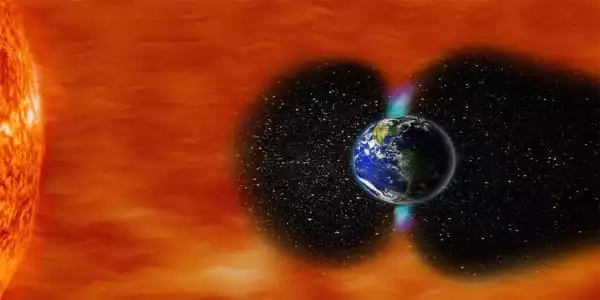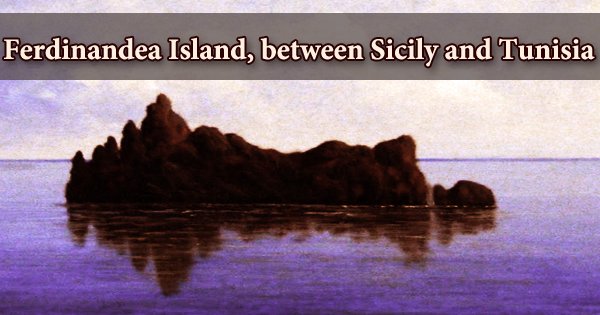According to an examination of radioactive compounds in ice cores, one of the most violent solar storms ever recorded hit Earth around 7176 B.C. The northern skies would have been dazzling with flashing lights for a few nights more than 9,000 years ago when many of our forefathers wore animal skins. Chemical isotopes in ancient ice cores indicate that one of the most powerful solar storms ever occurred around 7176 B.C., and it would have been recognized.
A research team lead by Lund University in Sweden discovered evidence of a severe solar storm that happened around 9,200 years ago by analyzing ice cores from Greenland and Antarctica. What perplexes the experts is that the storm occurred during one of the sun’s quieter phases when our planet is thought to be less vulnerable to such phenomena.
The sun is required for life to exist on Earth. However, our life-giving companion can also bring issues. When there is a lot of activity on the sun’s surface, more energy is emitted, which can cause geomagnetic storms. This, in turn, might result in power outages and communication disruptions.
It is difficult to forecast solar storms. They are currently thought to be more common during the sun’s active phase, or solar maximum, during the so-called sunspot cycle. However, a new study published in Nature Communications suggests that this isn’t necessarily the case for extremely severe storms.
We analyzed drill cores from Greenland and Antarctica and uncovered indications of a large solar storm that hit Earth around 9,200 years ago during one of the sun’s quiet phases. These massive storms are not being factored into risk assessments in a suitable manner.
Raimund Muscheler
“We analyzed drill cores from Greenland and Antarctica and uncovered indications of a large solar storm that hit Earth around 9,200 years ago during one of the sun’s quiet phases,” explains Raimund Muscheler, a geology researcher at Lund University.
The researchers searched the drill cores for peaks of the radioactive isotopes beryllium-10 and chlorine-36. These are created by high-energy cosmic particles that reach Earth and can be retained in ice and soil.
“This is time-consuming and costly analytical labor. As a result, we were pleasantly pleased to see such a peak, indicating a previously unknown large solar storm in conjunction with low solar activity” Raimund Muscheler explains.
If a similar solar storm occurred today, the implications would be catastrophic. Aside from power outages and radiation damage to satellites, it might endanger air traffic and astronauts and cause numerous communication systems to fail.
“These massive storms are not being factored into risk assessments in a suitable manner. It is critical to consider what these events might entail for modern technology and how we can safeguard ourselves,” Raimund Muscheler comes to a conclusion.

The tangling and disentanglement of the sun’s enormous magnetic fields causes the solar activity cycle. Sunspots and solar storms occur more frequently at the cycle’s maximums and less frequently near the cycle’s minimums.
According to Mary Hudson, a Dartmouth College professor of physics and astronomy who studies solar storms, the storm in 7176 B.C. may have been more intense than typical because it occurred near a solar minimum. Storms around a solar maximum, on the other hand, may be less severe than typical as a result, despite being more prevalent. (However, the solar process underlying this apparent anomaly is unknown, and some scientists question whether it really occurs.)
Hudson, who was not involved in the ice core study, pointed out in an email that the historically violent solar storm observed by scientists in 1859, known as the “Carrington Event,” occurred near a solar minimum, as did the powerful solar storm of A.D. 774 or 775.
So yet, solar storms have had little impact on the modern world. Janssens stated that they can severely damage satellites, endanger the health of people in space with bursts of powerful radiation, and interfere for several hours with radio signals used in communication networks and for ship and plane navigation.
They can also cause harm to power systems by generating unexpected electric currents that overwhelm the transformers in the grid. The “Halloween storms” of 2003, which blacked out sections of Europe for several hours and destroyed transformers in South Africa, were among the deadliest solar storms in recent memory, while a powerful solar storm in 1989 blacked out the Canadian province of Quebec. However, Pesnell claims that in recent years, power providers have become more conscious of the risks and have “hardened” their equipment against solar storm damage.
















